Scientific name Vangidae Higher classification Passerine Order Passerine | Suborder Passeri Phylum Chordata Rank Family | |
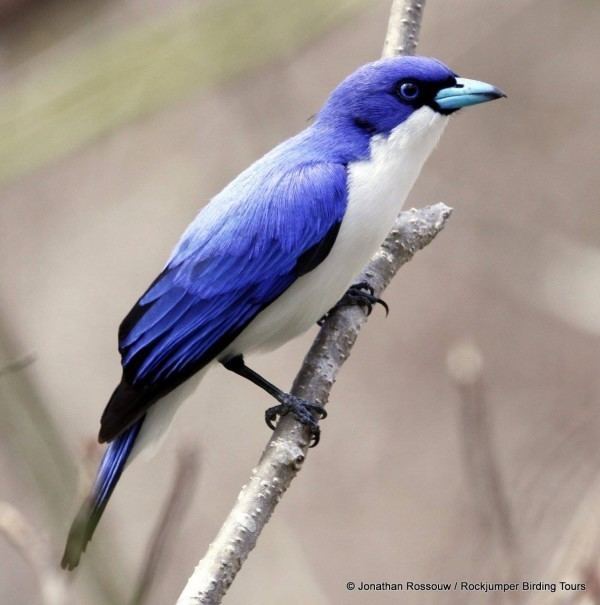 | ||
Lower classifications Calicalicus, Vanginae, Prionopinae, Tephrodornithinae, Philentominae | ||
12 shocking predictions by baba vanga the blind clairvoyant
The vangas (from vanga, Malagasy for the hook-billed vanga, Vanga curvirostris) are a group of little-known small to medium-sized passerine birds restricted to Madagascar and the Comoros. They are usually classified as the family Vangidae. There are about 22 species, depending on taxonomy. Most species are shrike-like, arboreal forest birds, feeding on reptiles, frogs and insects. Several other Madagascan birds more similar to Old World warblers, Old World babblers or Old World flycatchers are now often placed in this family. Vangas differ greatly in bill shape and have a variety of foraging methods. Their stick nests are built in trees. They do not migrate.
Contents
- 12 shocking predictions by baba vanga the blind clairvoyant
- Taxonomy
- Description
- Distribution and habitat
- Behaviour
- Status and conservation
- Species list
- References
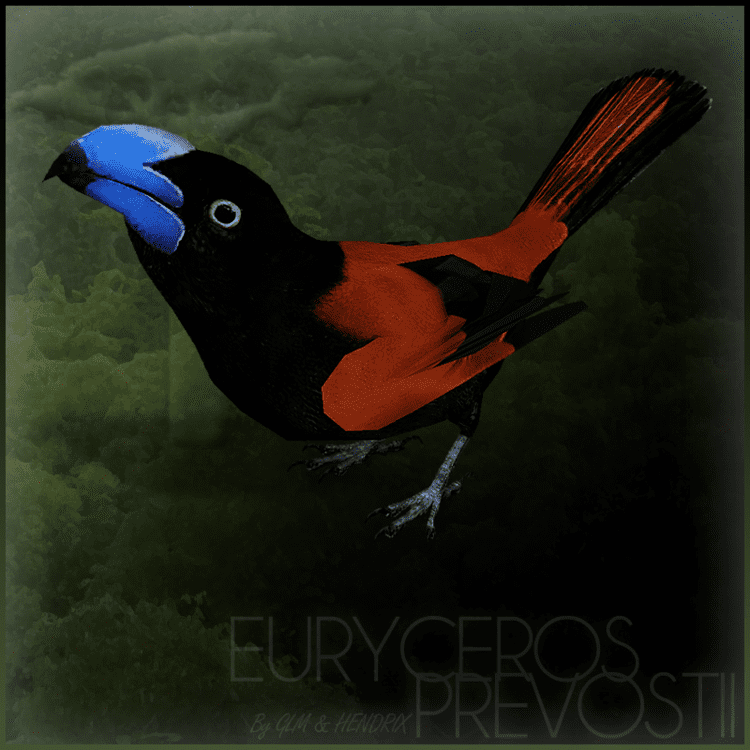
Taxonomy
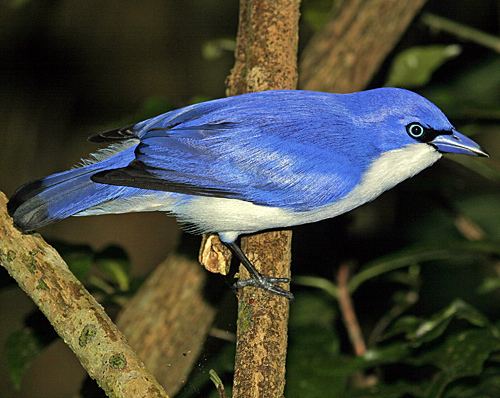
Vangas (Vangidae), bushshrikes (Malaconotidae), helmetshrikes (Prionopidae), ioras (Aegithinidae) and the Australian butcherbirds, magpies and currawongs (Cracticidae) and woodswallows (Artamidae) are part of a large group of shrike-like birds distributed from Africa to Australia, which have been defined as the superfamily Malaconotoidea by Cacraft and colleagues in 2004. They seem closely related to some enigmatic African groups: the helmetshrikes (Prionops) and the shrike-flycatchers (Bias and Megabyas). They also appear to be close to some Asian groups: the woodshrikes (Tephrodornis), flycatcher-shrikes (Hemipus) and philentomas.
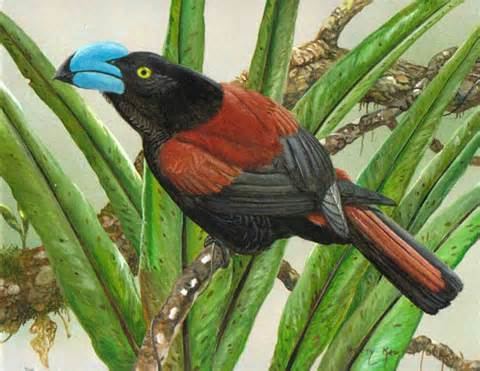
Though vangas were traditionally believed to be a small family of generally shrike-like birds, recent research suggests that several Madagascan taxa most similar in appearance and habits (and formerly considered to be) Old World warblers, Old World flycatchers or Old World babblers may be vangas. Yamagishi et al. found in 2001 that Newtonia appeared to belong with the vangas rather than the warblers and also that Tylas was a vanga and not a bulbul. It also appears that Ward's flycatcher and Crossley's babbler belong with the vangas.
Description
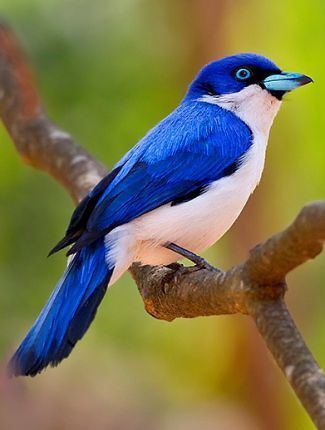
The vangas are an example of adaptive radiation, having evolved from a single founding population into a variety of forms adapted to various niches occupied by other bird families in other parts of the world. They differ in size, colour and bill shape but are similar in skull shape and bony palate structure. They are small to medium-sized birds, varying from 12 to 32 cm in length. Many have strong, hooked bills similar to those of shrikes. The helmet vanga has a particularly large bill with a casque on top. Other species, such as the newtonias, have a small, thin bill. The sickle-billed vanga is notable for its long, curved bill used to probe into holes and cracks.
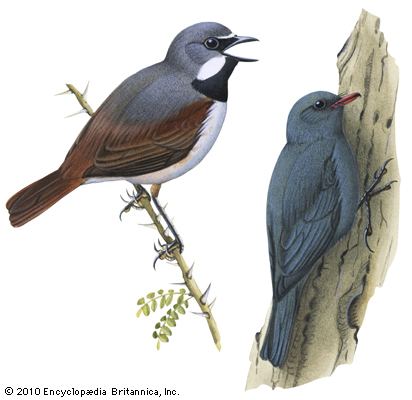
Most vangas are largely black, brown or grey above and white below. Exceptions include the blue and white blue vanga and the blue-grey nuthatch vanga. The helmet vanga is mostly black with a rufous back. Male Bernier's vangas are entirely black while the females are brown. It is one of several species with distinct male and female plumage while in other species the sexes are identical.
Most vangas have whistling calls.
Distribution and habitat
All vangas are endemic to Madagascar apart from the blue vanga, which also occurs in the Comoros on Mohéli island and, at least formerly, on Grande Comore. They are found throughout Madagascar, in a variety of forest and scrub habitats. Several species including Van Dam's vanga and sickle-billed vanga can be found in the dry deciduous forests in the west of the island. Some such as Crossley's babbler, helmet vanga and Bernier's vanga are restricted to rainforest in the east of the island. Lafresnaye's vanga and the recently discovered red-shouldered vanga occur in subarid thorn scrub in the south-west.
Behaviour
Their diet can include insects, earthworms, millipedes, lizards and amphibians. The blue vanga and chabert vanga occasionally eat fruit. Many species feed in small groups, often in mixed-species foraging flocks. The hook-billed vanga and Lafresnaye's vanga tend to forage alone. Vangas have a variety of different foraging strategies. Many species glean food as they move through the branches. The nuthatch vanga climbs up trunks and branches like a nuthatch but does not climb downwards as nuthatches do. Crossley's babbler forages by walking along the forest floor amongst the leaf litter. The chabert vanga and the tylas vanga often fly into the air to catch prey. The three Xenopirostris vangas use their laterally flattened bills to strip bark off trees to search for food underneath.
Most species nest in pairs, building cup-shaped nests using twigs, bark, roots and leaves. The sickle-billed vanga nests in groups and builds a large nest of sticks.
Status and conservation
Some species of vanga are common such as the chabert vanga which can survive in secondary woodland and plantations of introduced trees. Several other species are threatened by loss of their forest habitat. Pollen's vanga is classed as near-threatened by BirdLife International and the red-shouldered vanga, Bernier's vanga, helmet vanga and red-tailed newtonia are regarded as vulnerable. Van Dam's vanga is classed as endangered because it is restricted to a small area of north-west Madagascar where the forest is rapidly disappearing due to clearance for agriculture and uncontrolled bushfires. Bluntschli's vanga is known only from two old specimens and is classed as data deficient.
Species list
FAMILY: VANGIDAE
